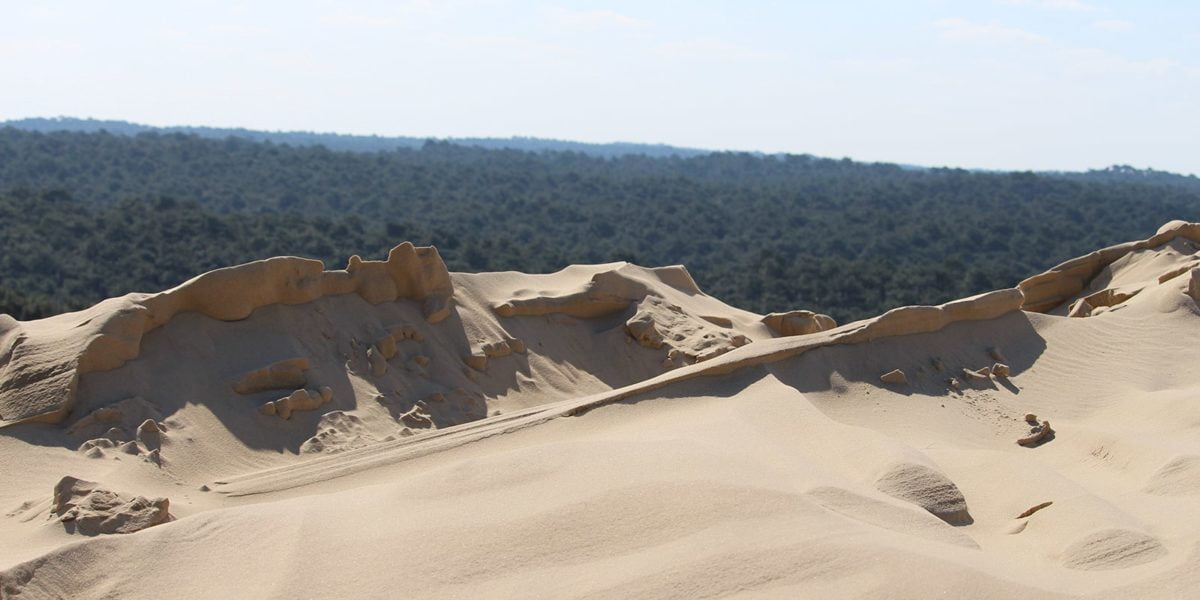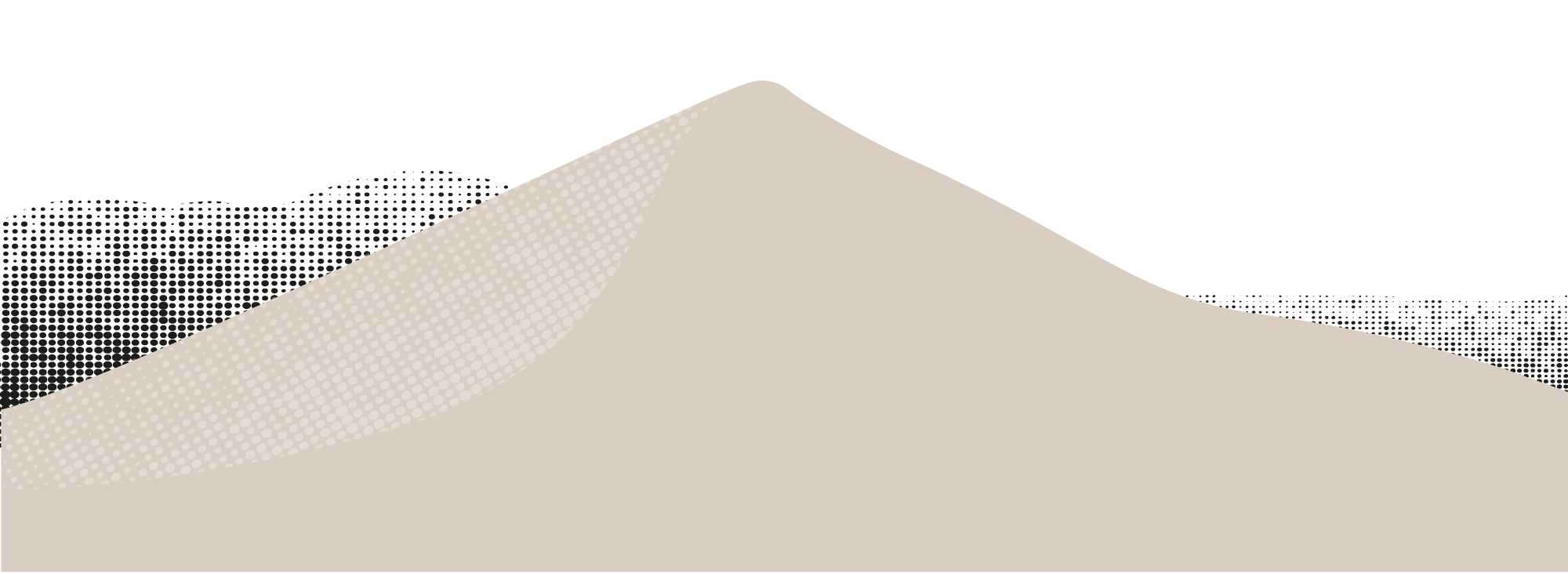A story 4000 years old
But how did the dune of Pilat come about?
The accumulation of sand has occurred in a discontinuous manner over time, in 5 phases during the last 4000 years.
Periods characterized by cold, dry and windy weather caused sand to move and accumulate. They alternated with warmer and humid periods, favorable to the development of vegetation.
The remains of vegetation are visible from the beach at the top of the dune, in the form of blackish lines running on the western side of the dune.
We are talking about paleosols. It is in fact organic matter (tree trunks, pine cones…) fossilized, compressed by the sand. One can find archaeological remains there.
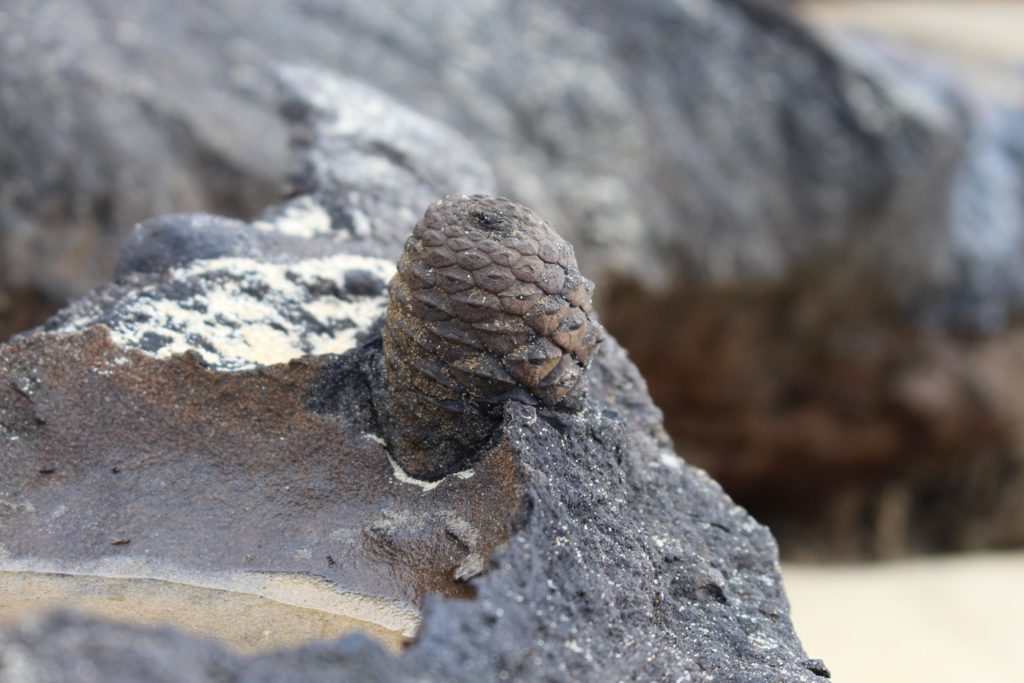
-4000 years old fossilized pine cone
The Landes plateau extends to the current location of the dune of Pilat. This featureless and marshy area was then covered mainly with Scots pines, maritime pines, hazelnuts, birches, alders and oaks. The presence of these plant species testifies to a cold climate.
Many strains and plant remains from this distant time are still visible, and constitute the paleosol 1, which outcrops particularly well on the Corniche beach side. It is based on alios (black and compact layer, resulting from the natural cementation of sand, iron oxide and organic matter).
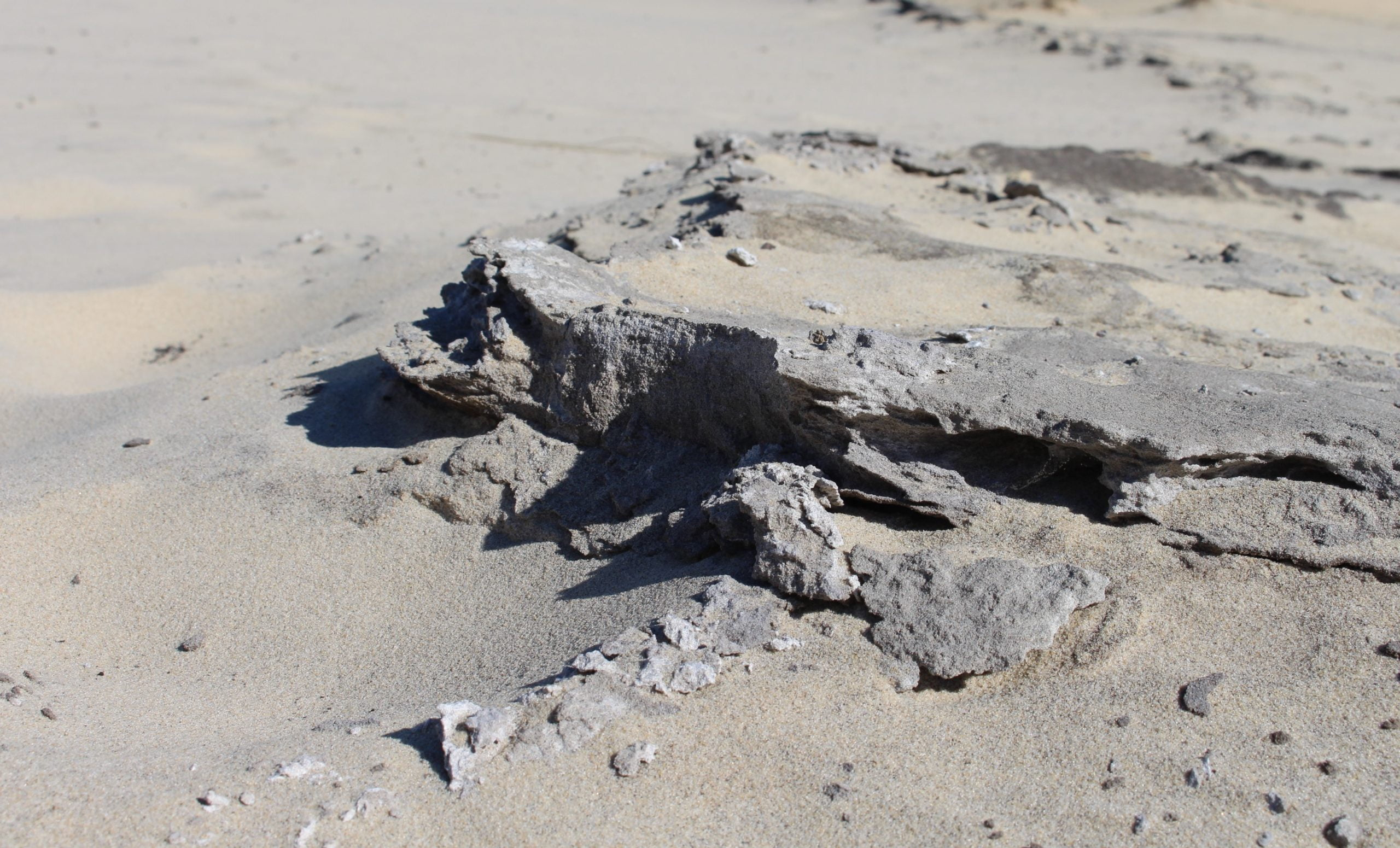
Deposit of diatom skeletons observable above paleosol 2
The climate becomes drier, the first coastal sands carried by the westerly winds cover the forest and form the first dunes. At the end of this period, between -2000 and -500 years, a new vegetation similar to the previous one, colonizes this territory, forming today the paleosol 2 (located between 2 and 5m above the beach). At the foot of the dunes, a freshwater pond forms, traces of which appear today in the form of thin light gray streaks. These are diatom skeletons (micro-algae).
Archaeological sites (dating from 900 to 600 BC) testify to the presence of man from this time and the proximity of the coast. A salt mining site has even been found by archaeologists.
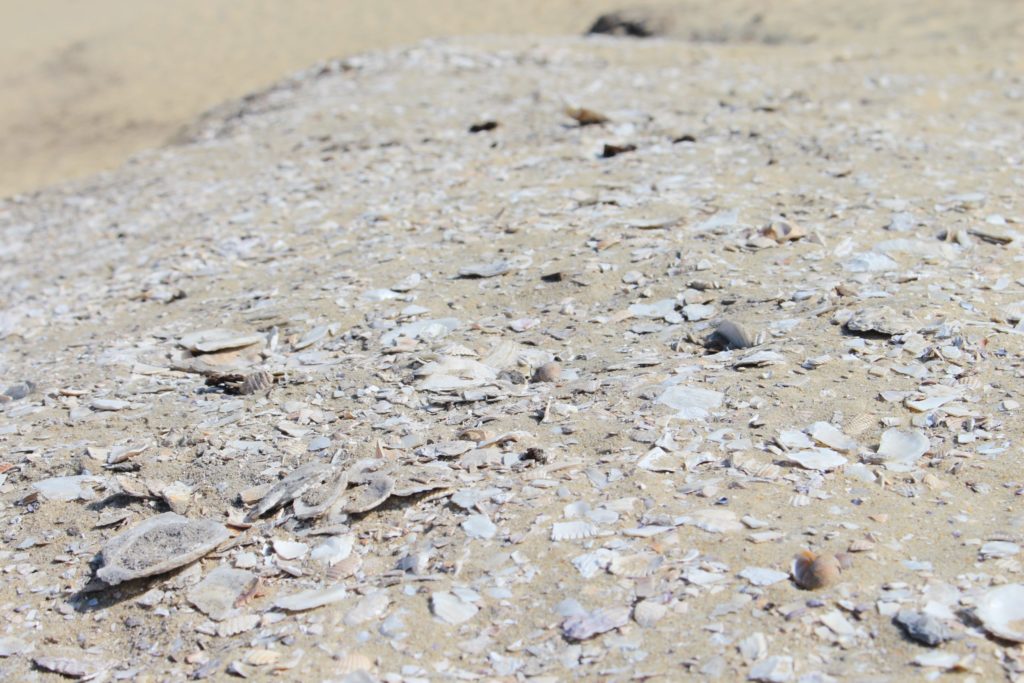
Accumulation of shells on paleosol 3 testifying to a significant consumption of molluscs by the inhabitants.
The marsh disappears, buried under new dunes measuring between 20 and 40 m high. At the end of the Middle Ages, the climate softens and becomes more humid, the vegetation then develops again. This level corresponds to paleosol 3, dated from the 16th century. This soil only a few centimeters thick undulates halfway up the west face of the current Dune du Pilat.
This paleosol is known as “kitchen debris soil” characterized by clumps of flat oyster shells, cockles, clams, clams, scallops and scallops. 16th-17th century coins and ceramics have also been found. These remains bear witness to a prolonged phase of stability.
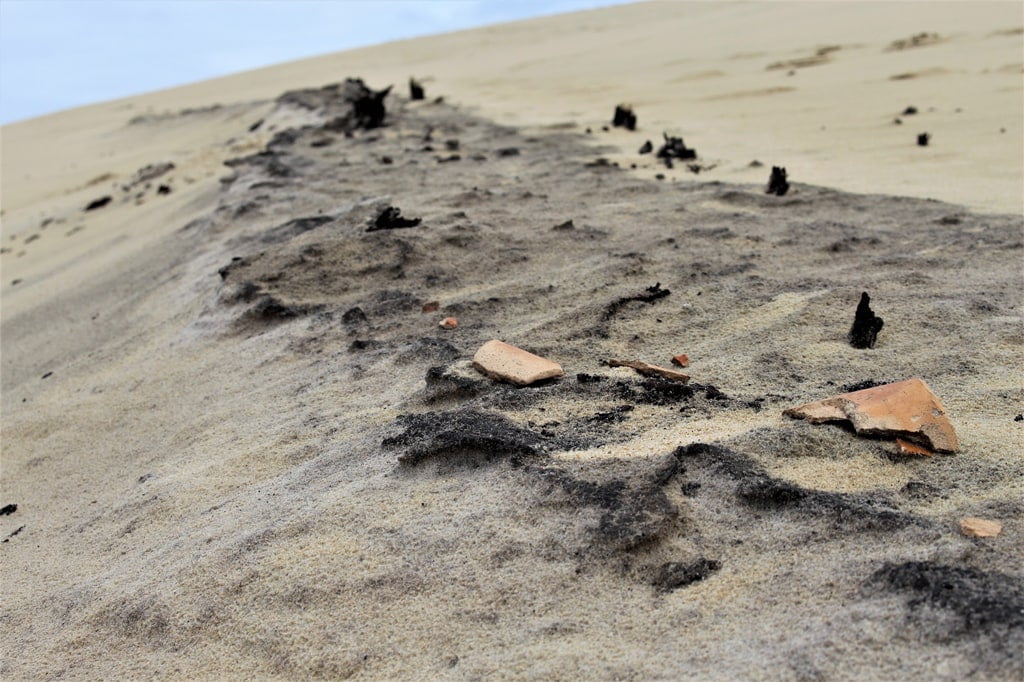
Fragments of resin pots testifying to the gemmaking activity in progress in the 19th century.
The climate is changing. Strong winds will create a new series of dunes, say “modern dunes”. The latter bury the ancient dunes, but also villages and cultures, under 50 to 60m of sand. We call this new dune reaching 100m in height: the dune de la Grave.
To limit the advance of the coastal dunes, a maritime pine sowing campaign is being carried out throughout the Landes territory.
The men then fixed the dunes by sowing maritime pines in application of a consular decree of 1801. This work was supervised by Nicolas Bremontier, Engineer of Ponts et Chaussées. The dune de la Grave was thus seeded during the 19th century.
The paleosol 4, the highest, dating from the beginning of the 19th century, corresponds to its surface. A cultivated pine forest extends there at this time. Many pots used to harvest resin were found there.

Remains of the 19th century attempt to fix the dune of Pilat
Under the effect of marine erosion and the advance of the coastline towards the land, the vegetation covering the dune disappeared around 1860, and the dune of La Grave started to move again. A new dune buries the previous one: the dune of Pilat.
M. Clavel describes this phenomenon in an article dating from 1887: “East of Banc d'Arguin, we are currently witnessing the formation of a new dune which engulfs 15m high pine forests under the sand” .








